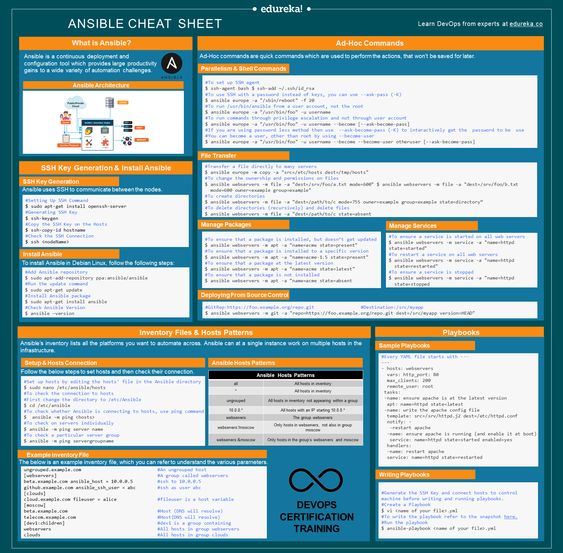Introduction: What is a Pareto Chart? A Pareto chart is a graphical representation of data that is used to prioritize issues and improve processes. This chart combines a bar graph with a line graph and is named after Vilfredo Pareto, an Italian economist who studied the unequal distribution of wealth. The chart is used to identify the most significant issues in a data set so that you can focus your efforts on the areas that will yield the greatest results.
Understanding the Bar Graph
The bar graph in a Pareto chart represents the frequency or occurrence of an issue. The bars are arranged in descending order, with the tallest bar representing the most significant issue.
Understanding the Line Graph
The line graph in a Pareto chart represents the cumulative percentage of the total occurrences. The line graph is calculated by adding up the heights of the bars and plotting the cumulative percentage on the y-axis. This graph allows you to see how the most significant issues contribute to the overall problem.
Choosing the Right Data Set
When selecting the data set to use for a Pareto chart, it is important to choose data that is relevant, current, and accurately reflects the problem you are trying to solve. You can use data from customer complaints, product defects, employee errors, or any other area that you want to improve.
Creating a Pareto Chart
There are several steps to creating a Pareto chart. First, you need to gather your data and arrange it in descending order. Then, you need to calculate the cumulative percentage for each issue. Finally, you create a bar graph of the frequency of each issue and a line graph of the cumulative percentage.
Interpreting the Results
Once you have created your Pareto chart, you can use the results to prioritize your efforts and improve your processes. The most significant issues are represented by the tallest bars on the chart. You can use this information to focus your attention on the areas that will yield the greatest results.
Using the 80/20 Rule
The 80/20 rule, also known as the Pareto principle, states that 80% of the results come from 20% of the efforts. This rule can be applied to a Pareto chart to help you determine which issues are the most important to address. By focusing on the 20% of the issues that are causing 80% of the problems, you can improve your processes and achieve better results.
Benefits of Pareto Charts
There are several benefits to using Pareto charts for data analysis. They are easy to create and understand, and they allow you to quickly identify the most significant issues in your data set. This can help you prioritize your efforts and improve your processes, leading to better results.
Limitations of Pareto
Charts While Pareto charts are a useful tool for data analysis, there are some limitations to consider. They are based on subjective data and may not accurately reflect the true distribution of issues. In addition, Pareto charts only show the frequency of issues, not the root cause. To fully understand the problem and identify solutions, you may need to use other analysis tools in addition to the Pareto chart.
You might find these FREE courses useful:
- Create Charts and Dashboard using Google
- Create Technical Stock Charts Using R and
- Charts, Pictures, Themes, and Styles in Microsoft Excel
- Doing more with Google Sheets
Conclusion
In conclusion, Pareto charts are a powerful tool for data analysis and process improvement. They allow you to quickly identify the most significant issues in your data set and prioritize your efforts for maximum results. However, it is important to keep in mind the limitations of Pareto charts and use them in combination with other.





